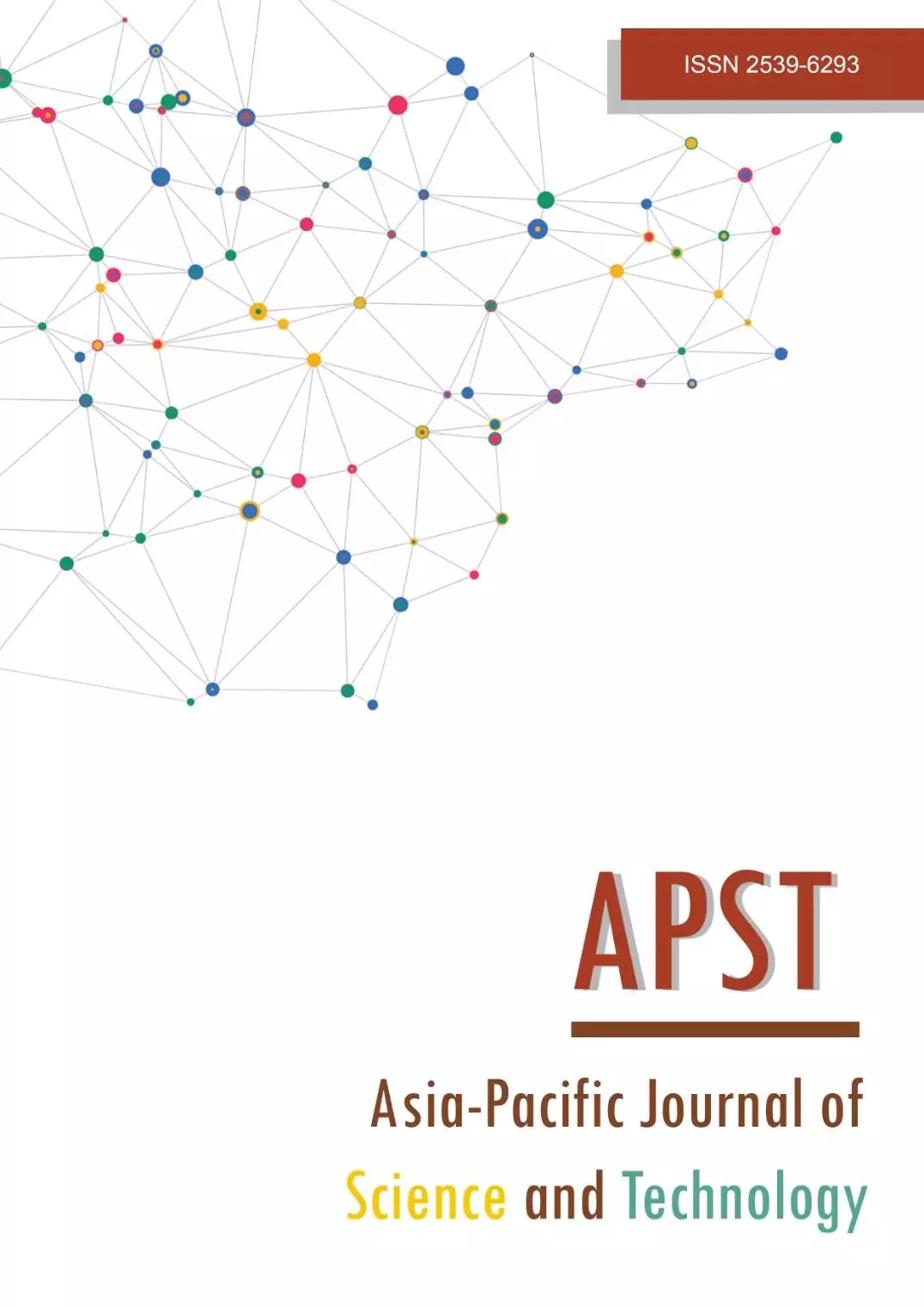Treatment of high strength organic wastewater by using an anaerobic membrane bioreactor
Main Article Content
Abstract
Properly managing wastewater with high concentrations of organic compounds is essential to prevent adverse environmental impacts. This study several various values of hydraulic retention times (HRT) to determine the optimal conditions for an anaerobic membrane bioreactor (AnMBR), as well as its performance and membrane fouling. The results indicated that an optimal chemical oxygen demand (COD) removal efficiency of 81.18% was achieved for a 48-hour HRT condition. The organic removal rate (ORR) was found to be 7.90 kg COD/m3-day, with biogas productivity of 0.224 m3/kg CODremoved. The potential operation was optimal for the 48-hour HRT condition compared to the other conditions. Importantly, the study revealed that a longer HRT could mitigate membrane fouling in the AnMBR, which was attributed to the impact of the volumetric organic loading rate.
Article Details

This work is licensed under a Creative Commons Attribution-NonCommercial-NoDerivatives 4.0 International License.
References
R.A. Hamza, O.T. Iorhemen, and J.H. Tay. Advances in biological systems for the treatment of high-strength wastewater. J Water Proc Eng. 2016;10:128-142.
R.C. Leitão, A.C. van Haandel, G. Zeeman, and G. Lettinga. The effects of operational and environmental variations on anaerobic wastewater treatment systems: A review. Biores Tech. 2006;97(9):1105-1118.
Y.J. Chan, M.F. Chong, C.L. Law, and D.G. Hassell. A review on anaerobic-aerobic treatment of industrial and municipal wastewater. Chem Eng J. 2009;155:1-18.
Leslie Grady CP, Daigger GT, Love NG, Filipe CDM. Biological wastewater treatment, third edition. 3rd ed. Boca Raton, FL: CRC Press; 2009
Y.J. Chan, M.F. Chong, and C.L. Law. An integrated anaerobic-aerobic bioreactor (IAAB) for the treatment of palm oil mill effluent: Start-up and steady state performance. Proc Biochem. 2012;47(3):485-495.
L. Zhidong, Z. Yong, X. Xincheng, Z. Lige, Q. Dandan. Study on anaerobic/aerobic membrane bioreactor treatment for domestic wastewater. Pol J Environ Stud. 2009;18(5):957-963.
V.L. Pillay, B. Townsend and C. A. Buckley. Improving the performance of anaerobic digester at wastewater treatment work: The coupled cross flow microfiltration/digester process. Wat Sci Technol. 1994;30(12):329-337.
L. Yin, Z .Kaisong, B. Rune, L.Chunming, L. Haining. Membrane installation for enhanced up-flow anaerobic sludge blanket (UASB) performance. J Biosci Bioeng. 2013;116(3):357-361.
C. Visvanathan, and A. Abeynayaka. Developments and future potentials of anaerobic membrane bioreactors (AnMBRs). Membr Water Treat. 2012;3(1):1-23.
N. Jang, X. Ren, J. Cho, and I.S. Kim. Steady-state modeling of bio-fouling potentials with respect to the biological kinetics in the submerged membrane bioreactor (SMBR). J Memb Sci. 2006;284:352-360.
S. Chaikasem. Effect of PVA-Gel on Performance improvement of a two stage thermophilic anaerobic membrane bioreactor. Ph.D [Dissertation]. Pathum Thani: Asian Institute of Technology. 2015.
J.G. Choi, T.H. Bae, J.H. Kim, T.M. Tak, and A.A. Randall. The behavior of membrane fouling initiation on the crossflow membrane bioreactor system. J Memb Sci. 2002;203:103-113.
C. Sumate, T. Araya, C. Boonya, K. Watsa, B. Jaeho. Influences of liquid, solid, and gas media circulation in anaerobic membrane bioreactor (AnMBR) as a post treatment alternative of aerobic system in seafood industry. J Memb Sci. 2016;509:116-124.
D. Zhiyi, W. Chaohai, and Z. Xiufeng. Start-up and Performance of a novel Reactor-Jet biogas inter-loop anaerobic fluidized bed. Chin J Chem Eng. 2008;16(1):143-150.
American Public Health Association. Standard methods for the examination of water and wastewater. 23rd ed. Rice EW, Baird RB, Eaton AD, editors. American Water Works Association; 2017.


